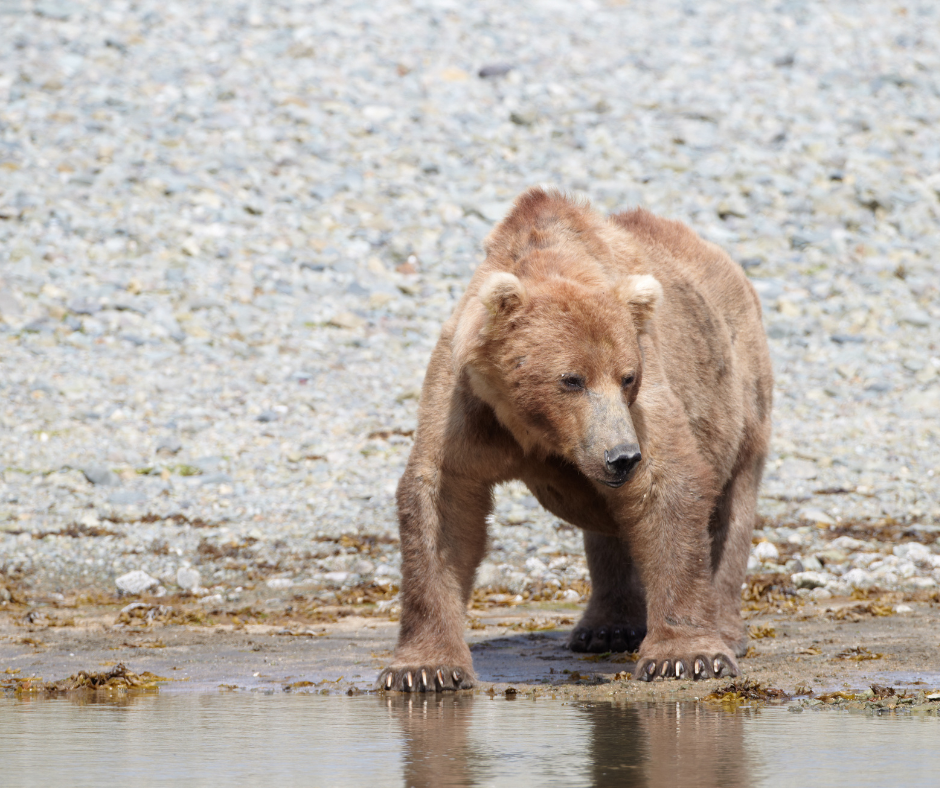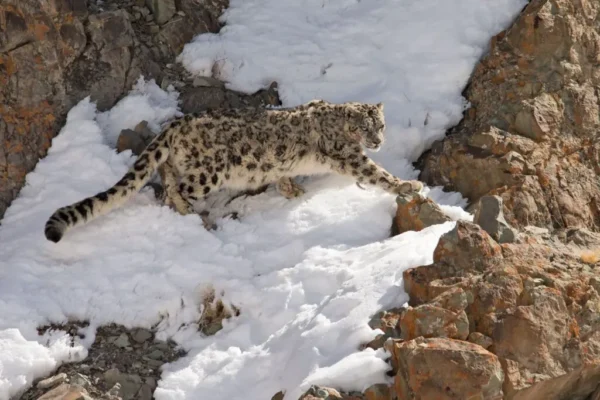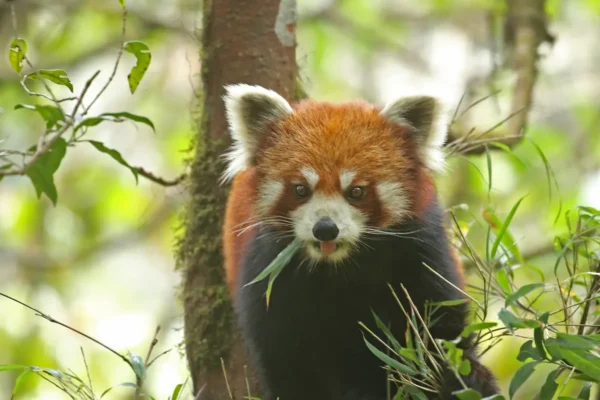Brown bears, iconic symbols of the wild, have long been shrouded in myth and misconception. From their perceived aggressiveness to misconceptions about their diet, these magnificent creatures often suffer from a distorted public perception. In this blog, we aim to unravel the truth behind common myths surrounding brown bears and shed light on the reality of their behaviour and biology.
Debunking Myths:
Myth 1: Brown bears are inherently aggressive.
Reality: Contrary to popular belief, brown bears are not naturally aggressive towards humans. They typically avoid confrontation and are more interested in foraging for food than engaging in conflict. Most bear attacks occur due to surprise encounters or when bears feel threatened, not out of malicious intent.

Myth 2: Brown bears are carnivorous predators.
Reality: While brown bears are opportunistic feeders and will consume meat when available, their diet is predominantly herbivorous. Research shows that up to 90% of their diet consists of vegetation, including berries, roots, and grasses. They play a crucial role in maintaining ecosystem balance through seed dispersal and nutrient cycling.
Fear vs. Reality:
Dispelling myths about brown bears is crucial in fostering understanding and appreciation for these animals. By presenting accurate information, we can help people overcome irrational fears and develop a deeper respect for the natural world. Understanding the true nature of brown bears can inspire awe and admiration, rather than unfounded fear.

Human-Bear Conflict:
Misconceptions about brown bears can exacerbate human-bear conflicts, leading to negative outcomes for both humans and bears. When people misunderstand bear behaviour, they may inadvertently provoke aggressive responses or engage in practices that attract bears to human settlements. Education plays a vital role in mitigating these conflicts by promoting coexistence strategies and teaching proper bear safety protocols.
Conservation Implications:
The perpetuation of myths about brown bears can have far-reaching implications for their conservation. Public attitudes and perceptions greatly influence support for conservation efforts and policy decisions. By dispelling misconceptions and fostering a deeper understanding of brown bears, we can garner greater support for their protection and habitat preservation.

In conclusion, the journey to demystify brown bears is not just about dispelling falsehoods; it’s about cultivating a deeper connection with the natural world. By embracing knowledge over fear, we pave the way for meaningful conservation efforts and a brighter future for both humans and bears.
Join us on a transformative Brown Bear Expedition, where you’ll not only witness these magnificent creatures in their natural habitat but also gain a newfound appreciation for their importance in our ecosystem. Together, let’s rewrite the narrative and ensure a future where humans and bears thrive side by side.





